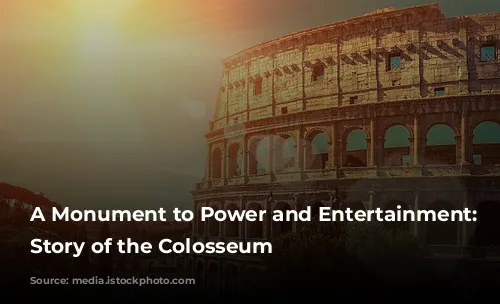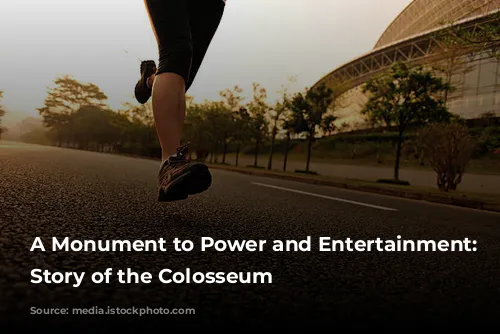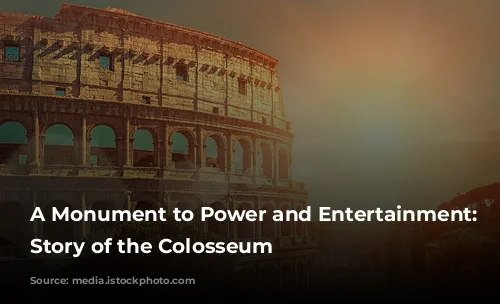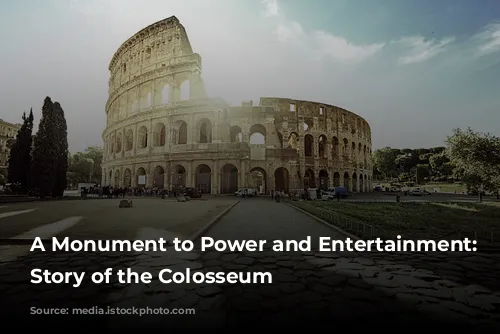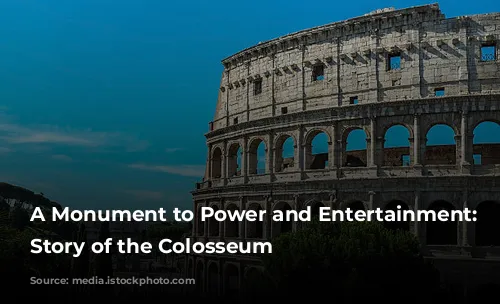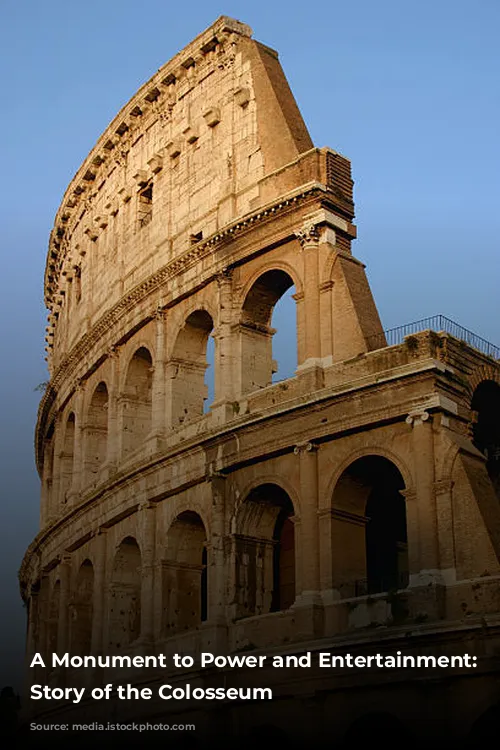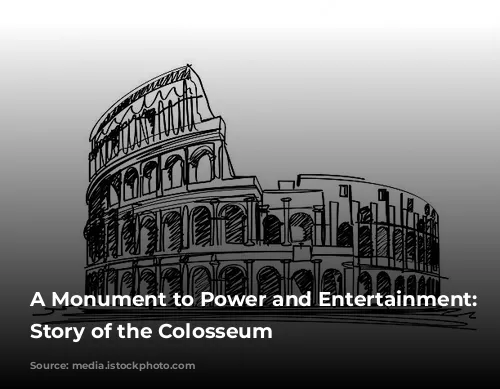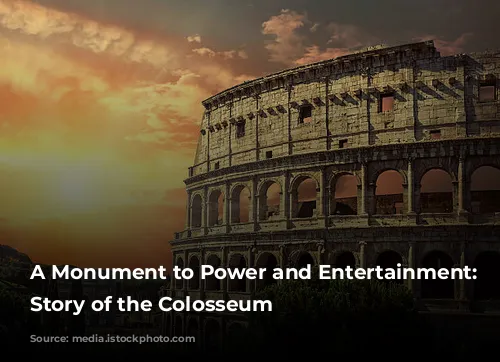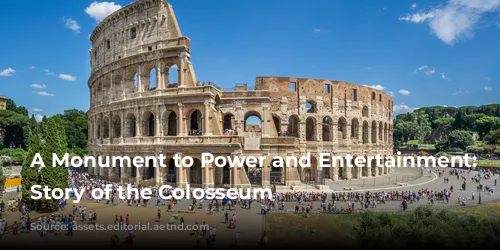The Colosseum, once known as the Flavian Amphitheater, stands as a towering testament to the grandeur of ancient Rome. This architectural marvel, built in the 1st century AD, has become synonymous with the spectacle of gladiatorial combat and the captivating power of the Roman Empire. More than just a venue for bloodsport, the Colosseum represents a complex tapestry of social structure, engineering innovation, and imperial ambition.
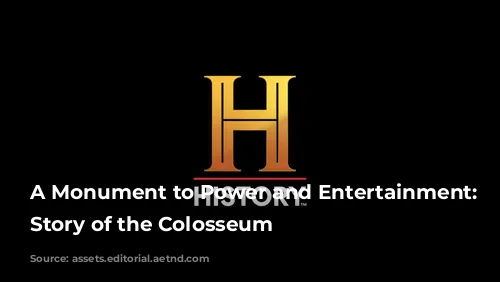
A City Reborn: The Rise of the Flavian Dynasty
The Flavian Dynasty, led by Emperor Vespasian and his sons Titus and Domitian, embarked on a monumental task to revitalize Rome. The city, scarred by fire, plague, and civil war, needed a symbol of its resilience. In 70 AD, Vespasian, seizing the opportunity, ordered the construction of a new amphitheater in the heart of the city. This grand project was funded by the spoils of war – the riches seized from Jerusalem during the First Jewish-Roman War. The Colosseum, dedicated a decade later, marked a powerful statement of Rome’s renewed strength and the Flavian dynasty’s dominance.
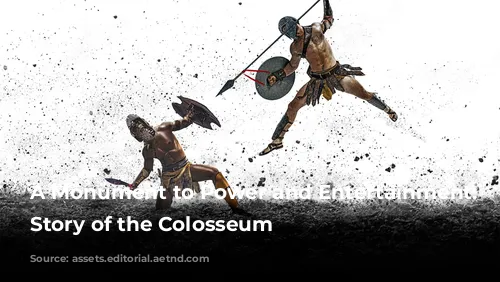
An Architectural and Engineering Masterpiece
The Colosseum stands as an awe-inspiring testament to ancient Roman ingenuity. It was the largest and most elaborate permanent amphitheater in the ancient world, boasting an impressive capacity of 50,000 to 80,000 spectators. This remarkable structure was constructed with 3.5 million cubic feet of travertine, a type of limestone, and vast quantities of marble, stone, and timber. Its towering height, reaching 157 feet, roughly equivalent to a 15-story building, made it a landmark visible throughout the city.
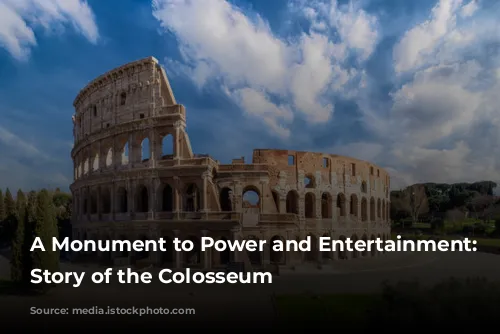
A Symbol of Power and Social Order
The Flavian Dynasty, eager to assert their power and solidify their legacy, strategically chose the location for the Colosseum. It was erected on the site of Nero’s extravagant estate, Domus Aurea, a constant reminder of the fallen emperor’s excesses. By replacing Nero’s lavish palace with a grand amphitheater, the Flavians aimed to erase their predecessor’s memory and replace it with their own achievements.
The Colosseum became a powerful symbol of Roman social hierarchy. The seating arrangement was meticulously designed to reflect the rigid social order of the time. The most prestigious seats, closest to the arena, were reserved for the Emperor and the elite senators. The Equestrian order, composed of wealthy merchants, artisans, and bureaucrats, occupied the next tier. The majority of Rome’s population, including women, foreigners, and the poor, were relegated to the upper seats, offering a glimpse into the stark social divisions of ancient Roman society.
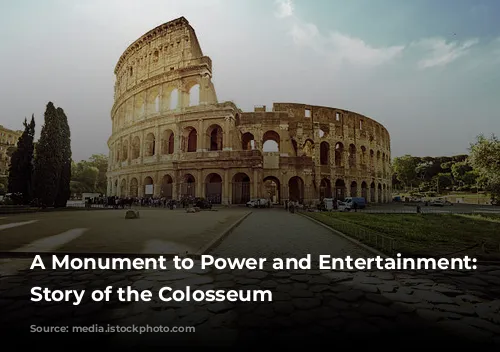
A Triumph of Concrete and Engineering
The Colosseum’s construction marked a pivotal moment in Roman engineering history. The widespread use of concrete played a vital role in the structure’s massive scale and enduring strength. Concrete, a relatively new material in this era, allowed builders to create a structure that was both sturdy and adaptable.
The Colosseum stands as a marvel of engineering, showcasing innovations that continue to inspire architects and engineers today. The ingenious drainage system efficiently channeled rainwater, allowing for elaborate mock sea battles within the arena. A retractable awning protected spectators from the elements, while an intricate network of chambers and tunnels beneath the arena floor, known as the hypogeum, housed props, scenery, and participants. Trap doors, pulleys, and lifts enabled dramatic entrances, creating breathtaking special effects that brought the arena to life.
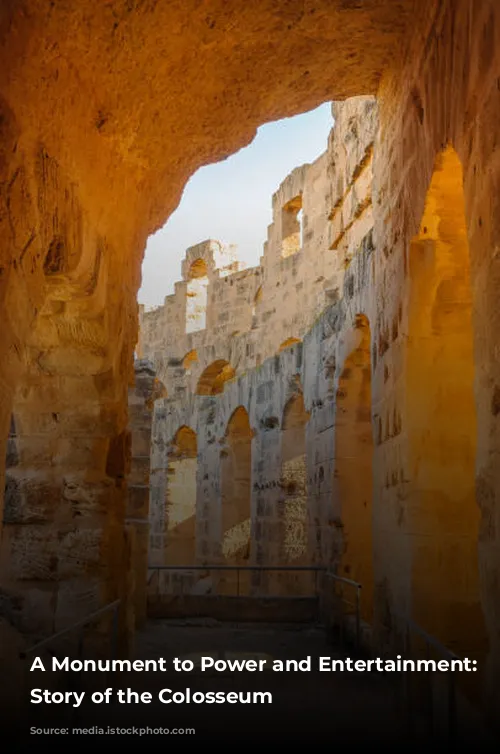
The Legacy of the Colosseum
The Colosseum, far more than a mere relic of the past, remains a vibrant symbol of ancient Rome’s legacy. This architectural masterpiece has influenced the design of modern sports stadiums, inspiring the use of arches, elliptical shapes, and organized seating systems. The Colosseum’s enduring power lies not only in its physical presence but also in its ability to transport us back to a bygone era, offering a glimpse into the social structures, technological advancements, and cultural complexities of ancient Rome.
